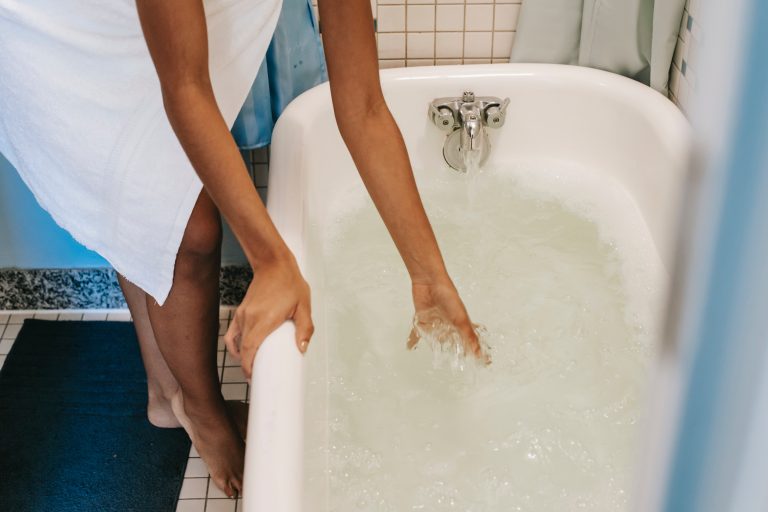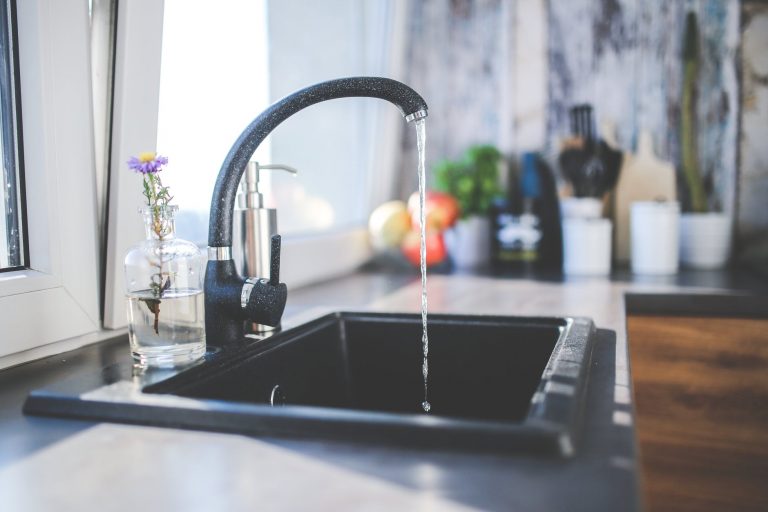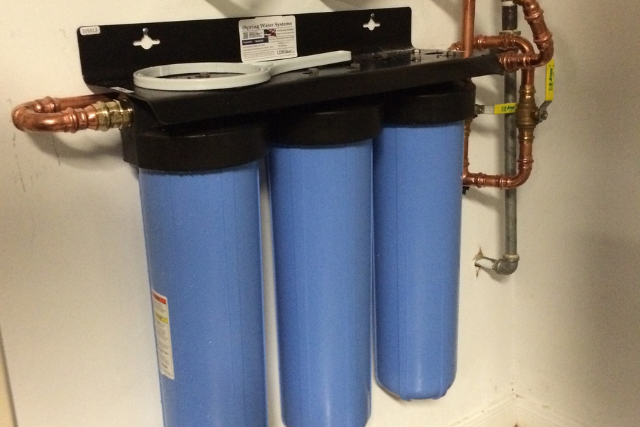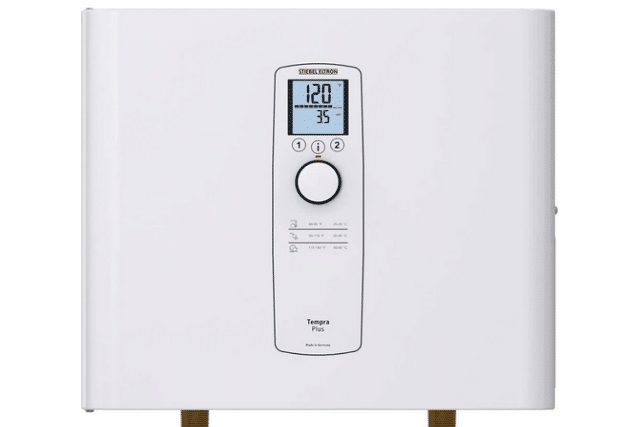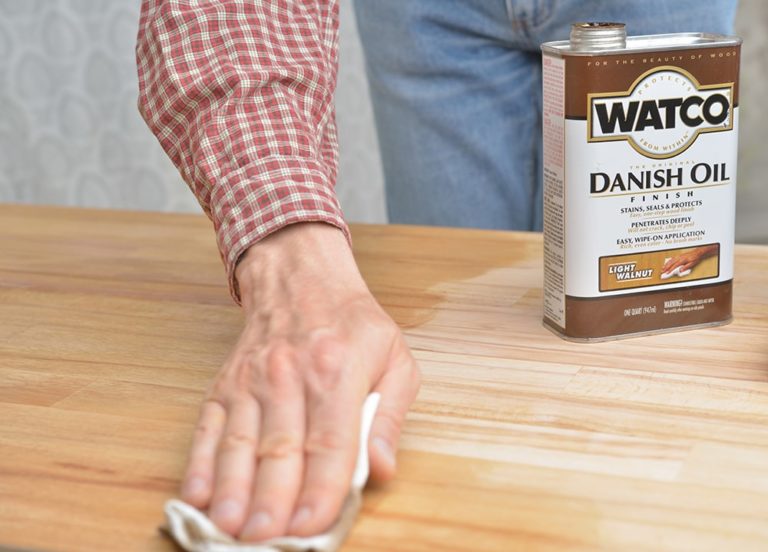Polyurethane vs Polycrylic: Which is better?
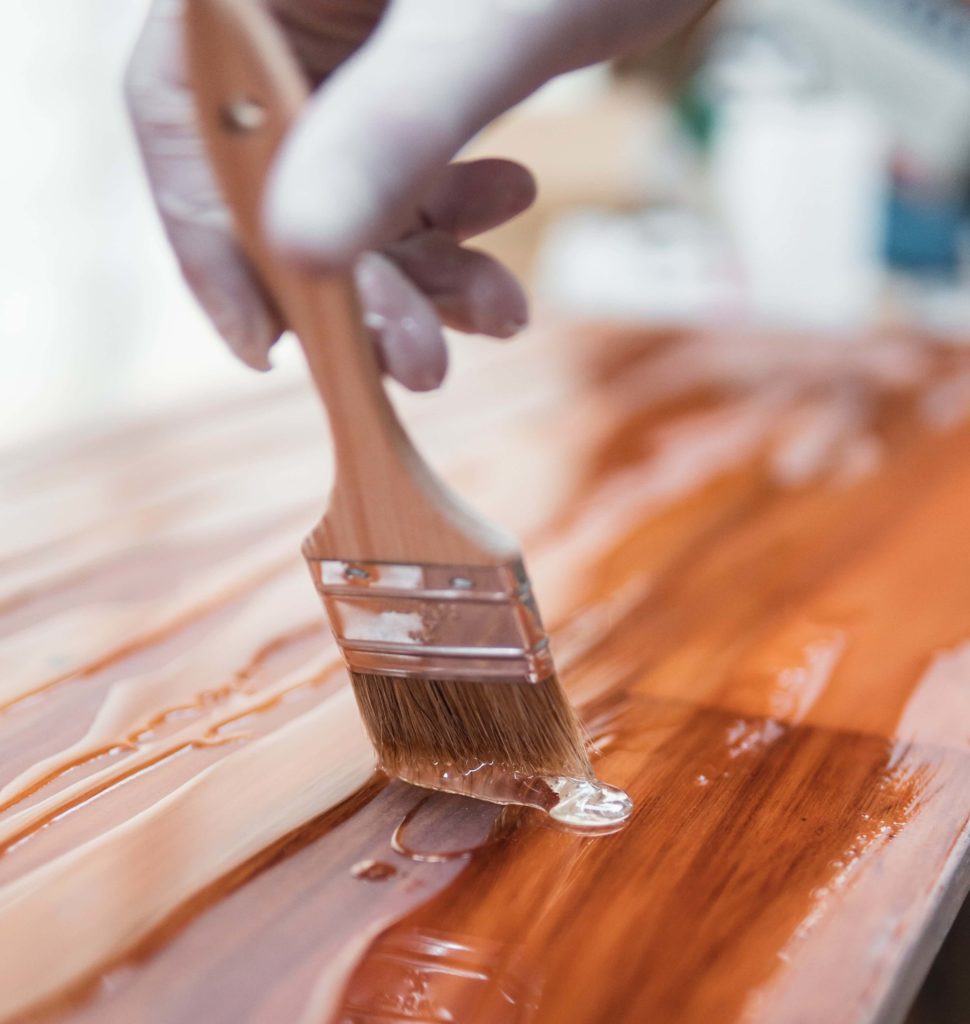
Polycrylic and polyurethane are common finishes that are used for wood projects. But picking which finish to use will come down to own big factor.
The difference between polyurethane and polycrylic is that polyurethane can be oil or water based whereas polycrylic is only water based.
Using polyurethane or polycrylic will depend on what project you are working. They are priced about the same and offer similar durability, although polyurethane has the edge. For projects that involve a water based stain, polycrylic is the best option. For projects that involve an oil based stain, polyurethane is the best option. Applying the finish is similar for polyurethane and polycrylic even though they differ in terms of dry time.
Differences between polyurethane and polycrylic
While the names might similar, there are a few major and minor differences between theses two finishes. Here is a table to lay it out.
| Polyurethane | Polycrylic | |
| Dry time | 12 hours per coat | 1-2 hours per coat |
| Color | Warm, orange | Milky and white |
| Durability | Strong | Strong |
| Cleanup | Mineral spirits | Soap and water |
| Odor | Strong odor | Medium odor |
| Cost | $9 | $10 |
| Outdoor use | Yes | No |
As you can see, the biggest difference comes down to ingredients and dry time. Other differences such as cost and durability are minor. Please also not that polyurethane is suitable for outdoor projects while polycrylic is not.
If was up to me, I would go with a polycrylic finish. It takes less time to dry and doesn’t have a strong smell to it.
Polyurethane is more durable than polycrylic
Polyurethane is more durable than polycrylic. Polyurethane can withstand heat and moisture better.
Polycrylic is durable as well but when it comes to high contact surfaces like a desk or coffee table, polyurethane would serve better for the long run.
Both polyurethane and polycrylic are water resistant and will withstand drops or spills pretty well, as long as they are cleaned up in a timely manner.
Polyurethane takes longer time to dry
Polyurethane can take up to 12 hours to dry for one coat whereas polycrylic can dry in an hour. Due to the difference in dry time, multiple coats of polycrylic can be applied in one day whereas polyurethane can take several days to finish multiple coats.
In order to test if polyurethane is dry, you should check if the surface is no longer tacky and the odor is gone. Usually it will dry in 12 to 24 hours. Factors such as room temperatuer and humidity can affect drying time.
In order to test if polycrylic is dry, you can apply the same method as polyurethane. Check to see if the surface is still tacky. Polycrylic doesn’t produce a strong odor so you shouldn’t rely on smell to test if it is done. Polycrylic dries in 1 to 2 hours depending on factors such as humidity and dry time.
Polyurethane and polycrylic change the color of wood
Polyurethane and polycrylic can change the color of wood, despite the label saying they are clear finishes.
One reason for a color change is due to the material of the finish. Polyurethane contains oil, which means the color change will be similar to that of adding oil to your wood. Polycrylic is water based so it will be slightly clearer than polyurethane.
In our tests polyurethane left a warm, orange tint to the wood whereas polycrylic was a soft blue or grey. The color was not overpowering at all and didn’t change the overall color of the wood. But they were also not clear finishes as the label suggested.
The color change is more noticeable on lighter woods such as birch or pine than darker woods such as walnut.
If you don’t want to a warmer color to your wood, avoid using polyurethane on lighter woods such as pine or maple. Instead use polycrlic. For darker woods like walnut, the color difference will be minimal so you can apply polyurethane without seeing a warmer yellowish tint.
Polyurethan and polycrylic can be applied over stain. To avoid any issues, use polyurethane over oil based stains and use polycrylic over water based stains. Some brands of stains may already contain polyurethane or polycrylic so it might not be necessary to apply an extra stain unless you want extra protection.
Polycrylic is easier to clean than polyurethane
Polycrylic is a water based finish. In order to clean polycrylic, you can use a damp rag or towel that has been soaked in water. You can also apply soap to the rag. When you are cleaning up a brush that has polycrylic on it, soap and water can be applied.
Polyurethane is an oil based finish. To clean up an oil based finish you need some mineral spirits. Apply mineral spirits to a rag and wipe the area. To clean up a brush that has been used with polyurethane, dip it into a mineral spirit solution.
Since polyurethane is made of oil there is a risk that it can combust if not disposed properly. After cleaning up polyurethane you need to make sure the rag is fully dry before disposing it in a trashcan or disposal. Drying the rag will minimize the risk of any incident of fire.
Polycrylic is better to apply indoors
Polycrylic and polurethane can both be applied indoors but there are some caveats.
Polycrylic is very safe to use indoors. It doesn’t contain any vapors or fumes so you can use it in an enclosed room has minimal risk. It is also not flammable.
Polyurethane, however, does contain vapors and fumes. It can be harmful to inhale these vapors and fumes so it is not reccomended to use indoors unless the room is well ventilated and the person applying the polyurethane is wearing a respirator.
Applying polyurethane outdoors will minimize some of the risks associated with indoor use. There is maximum ventilation outdoors and the fumes have more place to travel. The risk of a fire with polyurethane can be better maintained outdoors as well.
Polycrylic can also be applied outdoors but remember that it can’t be used for outdoor projects such as a door or fence.
Polycrylic can cost more than polyurethane
Polycrylic can cost on average a few dollars more than polyurethane, based on a data study from various home improvement stores.
You can usually buy both either a pint or quart or even a gallon size. For larger projects, it is recommended to go with a larger size as opposed to buying multiple smaller size to save money.
How to apply polycrylic and polyurethane
Polycrylic and polyurethane can both be applied using a brush or a rag.
To start applying, wet your brush or rag with some of the finish. I use this bush to apply polyurethane. It’s a nice brush that does a good job of getting an even layer on.
Start applying in smooth long strokes. You want to make sure you are using a wet edge. A dry edge can cause even application of the finish.
Once you get a coat down you want to come back with your brush and smooth it out again to reduce any brush strokes forming.
After completing one coat of the finish, you want to sand down the surface. Use a 220 grit sandpaper and lightly sand the surface. After sanding down the surface use a rag or vacuum to get rid of the sand dust.
To get a strong finish and protection, apply at least three coats of polycrylic or polyurethane. Repeat the process and don’t forget to sand the surface.
Polycrylic and polyurethane are availible in spray cans as well. It is best to use a spray can only if you are working on a smaller piece of wood. Using a spray can for larger pieces of wood can be challenging to get an even coat.
Can I use polyurethane instead of polycrylic
Polyurethane can come in water based versions so if you decide to go with that version in can be used instead of polycrylic.
If you are using an oil based stain then you should stick with polyurethane. As mentioned before, polycrylic is a water based solution.
You should try not to use a water based finish on top of an oil based solution. Some people do it but I only stick with oil based if I’m using an oil based stain.
Where to buy
You can buy polycrylic and polyurethane at most hardware stores. You can also check out the brands that I use.
I like this brand of polyurethane the best. It works well for most of my projects.
For polycrylic, this brand is very nice and also works well for most projects.


